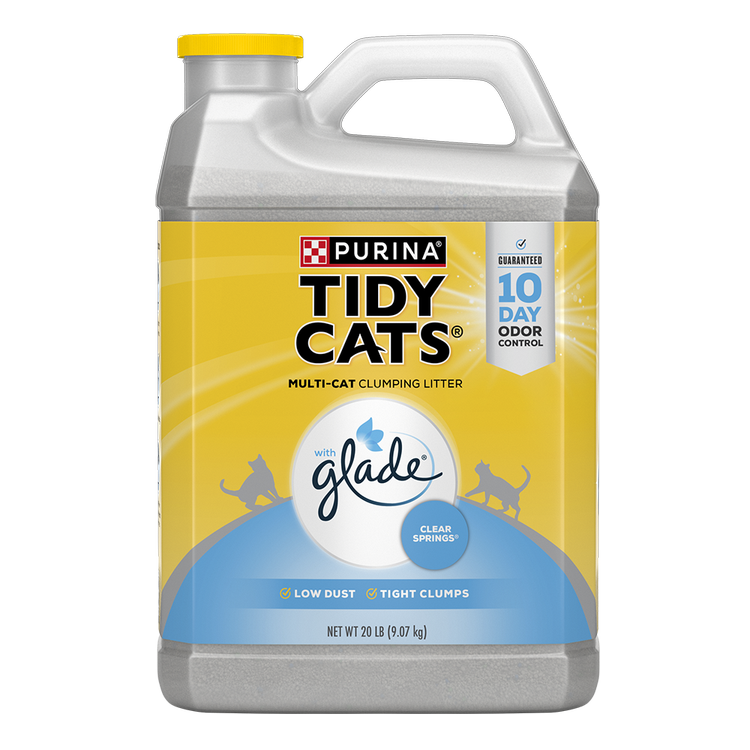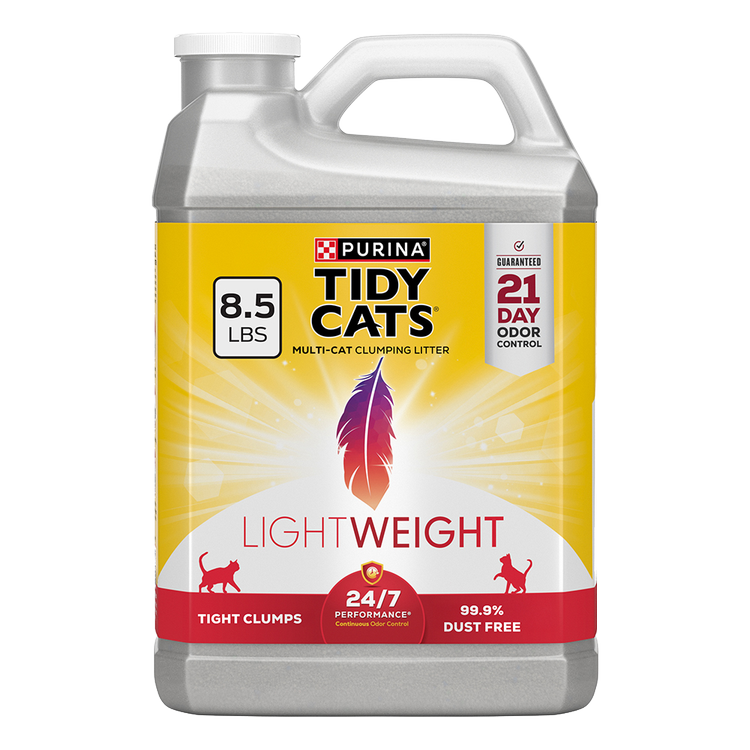Tips for Switching Cat Litter


If you’re wondering how to switch cat litter, the contents of the litter box may no longer be cutting it.
Felines can be selective and yours might have high standards about the conditions of their bathroom.
Or maybe you’re curious about how clumping, scents or other factors may make a more pleasant experience for your cat, or easier clean-up for you.
No matter your motivation, if you want to know how to transition cat litter, make sure you do it gradually.
Read on to learn more about this gradual transition, as well as how to make it as smooth as possible.
Reasons to Switch Cat Litter
Before you switch cat litter, clarify the reasons behind the change. If your cat seems to like their current litter and it doesn’t bother you, there’s no reason you need to change it.
On the other hand, pet owners who want to try new litter may have a cat who stops (or doesn’t start) using the current offering. This may be due to the litter’s scent or texture, or because new litter was introduced abruptly.
Before you transition to something new, however, read these litter box tips. What may seem like your cat’s resistance to litter could possibly be a cleanliness issue.
If your cat stops using the litter box seemingly without reason, they may have a medical condition. Ask your veterinarian for an evaluation.
There’s also your personal preference to consider. If the cat litter fails to trap odor, your pet tracks it through the home, or you’re concerned about sustainability, you might feel like it’s time for a change.
How to Switch Cat Litter
Remember, because change can be stressful for cats, it’s important to switch cat litter gradually.
The American Association of Feline Practitioners (AAFP) and International Society of Feline Medicine (ISFM) recommend transitioning litter over a period of six days.
If the transition is made too quickly, or if your cat simply doesn’t like the new litter, they may start avoiding the litter box, and find somewhere else to do their business.
How do you gradually transition to a new litter?
Start by replacing one-third of the old litter in the box with new litter. Your cat will likely notice the change and may start sniffing the litter more than usual. Then slowly start increasing the new litter every day until you’ve completely transitioned.
Can Changing Cat Litter Brand Make a Cat Sick?
Changing cat litter likely won’t make your cat sick. Note, however, that eating litter may cause digestive upset. Clumping litter in particular can lead to intestinal blockages.
If your cat is an inquisitive snacker or you’re concerned about the potential problems of ingesting litter, you may want to explore non-clumping options.
Also remember cats are sensitive to environmental changes, so if you transition the litter too quickly, they may feel stress.
Otherwise, according to a study examining the impacts of changing litter on cats, felines in the experiment had few adverse reactions to new litter.
How to Switch Cat to Pellet Litter
Wood pellet litter is cat litter made from wood shavings. Advocates of pellet litter tout its eco-friendly benefits, as it’s biodegradable and is made of recyclable materials.
If you’re wondering how to switch your cat to pellet litter, the process is similar to other types of litter. Do it incrementally over several days by mixing it in with your pet’s current litter.
Pellet litter is more textured than some other types and is often made from pine, which does have a scent. Keep these things in mind as you consider making a change.
What if My Cat Rejects the New Litter?
Don’t forget, cats can be discerning with their litter. Some trial and error may be required before you find an option you both prefer.
If your cat stops using the litter box or just doesn’t seem to prefer the new litter, you may need to try something else. The good news is there are several options spanning different textures, scents and materials.
If you’re not sure what to try and don’t have strong preferences, unscented, clumping litter may be a good place to start.
How to Switch Litter Boxes
If it’s time for a change to your feline companion’s litter box, it’s best to keep using the same litter, at least at first. This will create a sense of familiarity in an altered environment.
If possible, place the new box in the same location as the old box to avoid completely upending your pet’s bathroom routine.
Additionally, similar to how you might have litter-trained them as a kitten , use positive reinforcement and treats when they use the new box.
For additional questions on how to switch cat litter, you can always contact your veterinarian for advice.
Want more cat training and behavior tips? Get insight from our experts on our Pet Expertise page.

Unlock Cat Health Insights with Petivity
The Smart Litter Box Monitor tracks your cat’s litter box behavior & weight—and alerts you when changes could require a vet visit.






